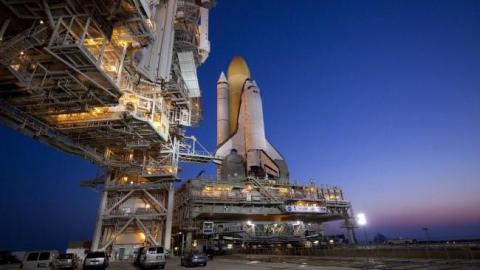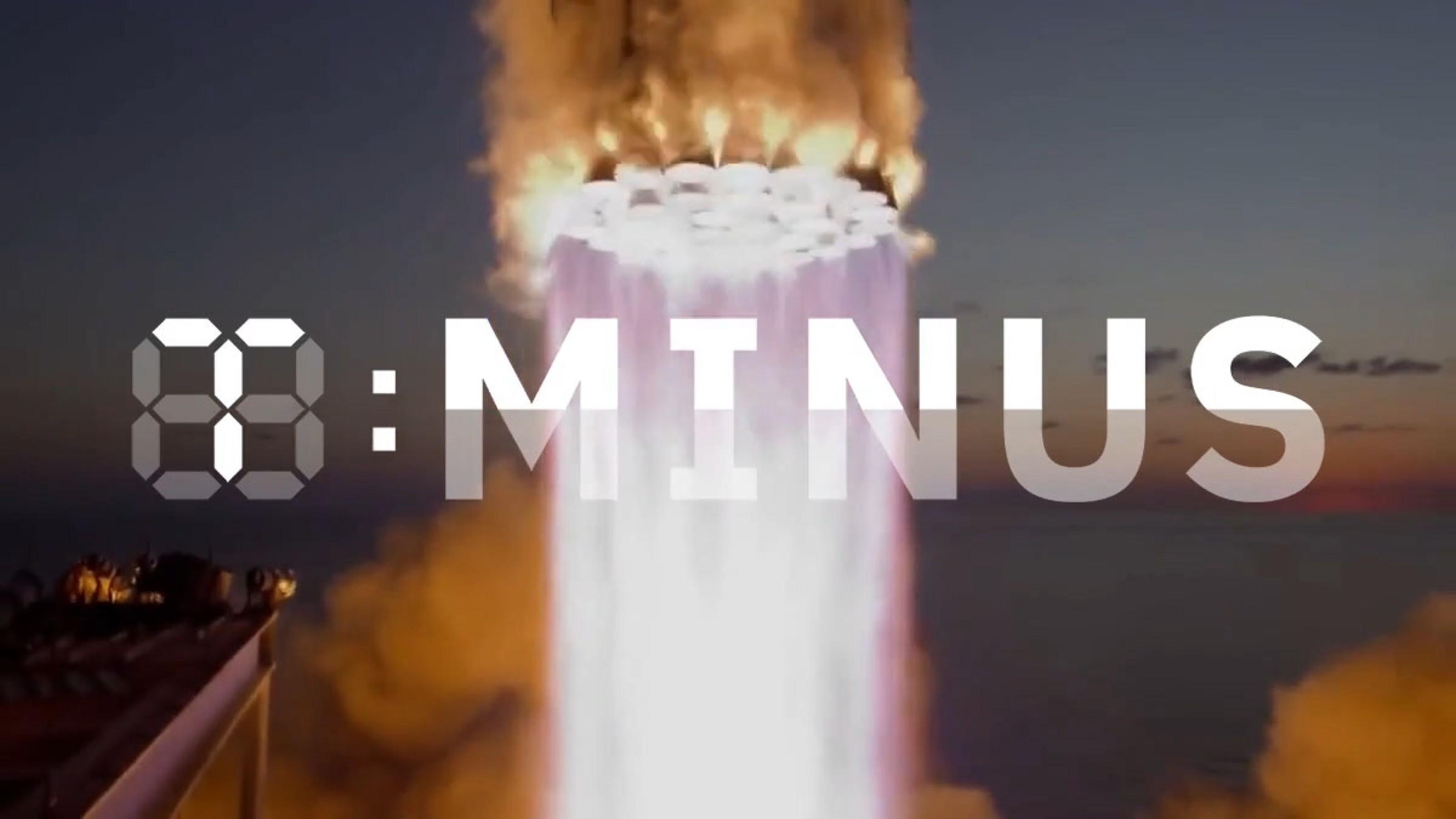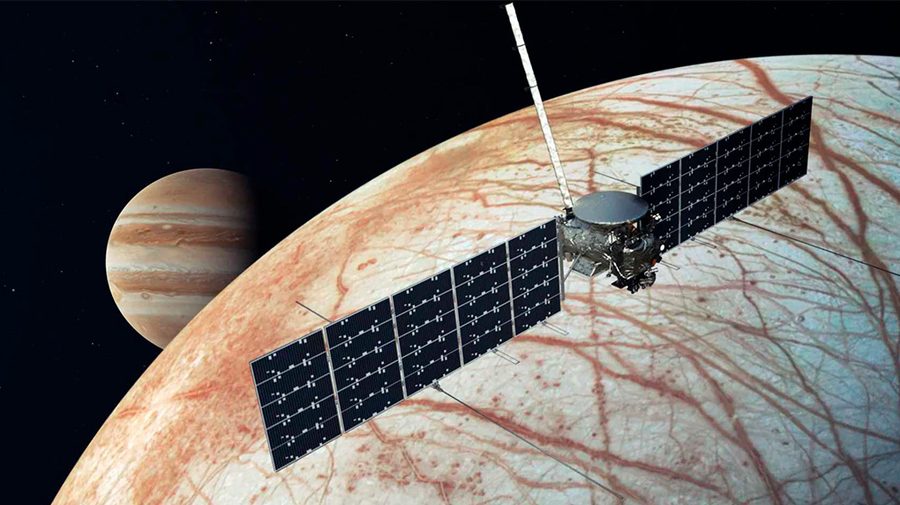NASA is destroying this iconic launcher platform (and no one wants the parts)

Credit: NASA
- NASA’s Mobile Launcher Platform-2 supported the launches of historic Apollo missions, including two crewed missions to the Moon.
- The space agency is in the process of deconstructing the platform to make space for its new Space Launch System (SLS).
- NASA’s Artemis program aims to launch three missions, including a crewed mission to the lunar surface in 2024.
NASA plans to scrap its Mobile Launcher Platform-2 (MLP-2), the gigantic structure that helped launch more than 50 missions, including Apollo 12 and 14, and the tragic 1986 Challenger mission.
NASA is getting rid of the historic platform to make room for a newer mobile launcher that, unlike MLP-2, will be capable of supporting the agency’s Artemis-era Space Launch System (SLS).
“We’re getting rid of MLP-2 now not because there were no customers [for its use]. We’re getting rid of it because we’re running out of parking places,” Scott Tenhoff, project manager for MLP-2’s demolition at Kennedy Space Center, told collectSpace. “That there’s a contract out now to build Mobile Launcher-2, something had to go.”
The agency tried seeing whether institutions like the Smithsonian National Air and Space Museum were interested in preserving parts of MLP-2, which measures 25 feet high, 160 feet long, and 135 feet wide, and weighs more than 8 million pounds when unloaded. But with no takers, NASA chose to scrap it to make room for the new infrastructure.
“We ran out of parking spots, so that’s why we chose to get rid of MLP-2,” Tenhoff said.
Time-Lapse: Mobile Launcher Moves to Launch Padyoutu.be
MLP-2 is one of three platforms constructed in the 1960s, the other being MLP-1 and MLP-3. NASA will use MLP-1 to condition the crawlerway, the road on which crawler-transporters carry platforms, rockets and spacecraft at a speed of 1 mph. The crawlerway is 130 feet wide, nearly the size of an eight-lane highway.
To ensure the crawlerway can handle massive weights for the upcoming Artemis 1 mission, NASA is loading its MLP-1 with concrete blocks that weigh as much as SLS and its umbilical launch tower.
A crawler and 2 mobile launcher platforms at the MSS park site at @NASAKennedy, Jan. 4. One CT and MLP are assisting in crawlerway conditioning to ensure the path is strong enough to support the weight for the upcoming @NASAArtemis I launch. The other MLP is being retired. pic.twitter.com/CxdfjS3yEE
— NASA's Exploration Ground Systems (@NASAGroundSys) January 6, 2021
The agency plans to use MLP-1 for future crawlerway conditioning, and to store the MLP-3 in Kennedy Space Center. As for the MLP-2? Tenhoff said there’s not much to salvage, given that the structure was built for the specific purpose of launching Apollo-era rockets.
Those launches included:
- 1969—Apollo 9: The third crewed Apollo mission.
- 1969—Apollo 12: The second crewed mission to land on the Moon.
- 1971—Apollo 14: The third crewed mission to land on the Moon.
- 1973—Skylab: The first U.S. space station, launched aboard a modified Saturn V rocket.
- 1986—Challenger: A failed Space Shuttle mission which resulted in an explosion that killed all seven crew members.
The Artemis program aims to land the first woman and the next man on the moon by 2024, and after that a voyage to Mars. While it’s unclear whether President Joe Biden will change the timelines of the program, the overall goal is to establish a moon base from which astronauts can conduct long-term research and experiments.
“After 20 years of continuously living in low-Earth orbit, we’re now ready for the next great challenge of space exploration — the development of a sustained presence on and around the moon,” former NASA Administrator Jim Bridenstine said in a statement. “For years to come, Artemis will serve as our North Star as we continue to work toward even greater exploration of the moon, where we will demonstrate key elements needed for the first human mission to Mars.”
In November 2021, NASA plans to launch Artemis 1, which will be the first flight using SLS and Orion. The mission aims to send the Orion spacecraft, uncrewed, to orbit the moon. In 2023, Artemis 2 aims to send a crewed mission to fly by the Moon, while Artemis 3 plans to put American astronauts on the lunar surface for the first time since 1972.





